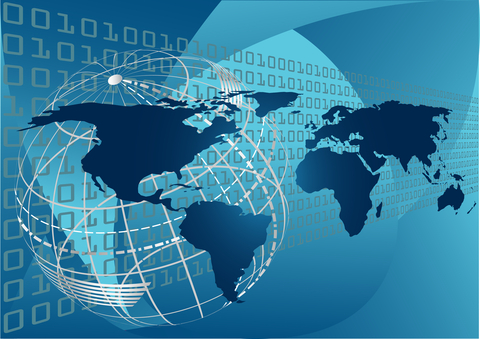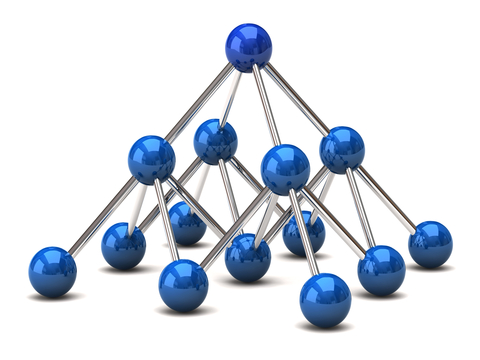The Expert System: A focused, efficient on-line interviewer
The large Expert System gathers, manages, and organizes all the data, making it available to the user in the form of a printed report- and soon, a virtual web page! During the on-line IAP interview, the system interacts with the employee and spouse, and gathers information about their styles, attitudes, needs, and preferences.
The system looks for patterns in the data which allow it to generate and continually refine "rules" grounded in the expertise of human experience and empirical research. The Expert System initially gets its knowledge from "knowledge engineers": IAP Professional Team Members who gather information from expats, and the corporate client’s well-versed personnel.
After capturing their experiences, preferences, and concerns the data is combined with other knowledge and research to produce the customized report, complete with advisories, planning indications, and suggestions for pre-departure preparation. Expert Systems are powerful and complex. They are today’s most highly regarded tools in the field of artificial intelligence.
Neural networks: Learning from experience
Neural Networks mimic the human brain, particularly in its ability to learn from complex patterns and experiences. Neural Networks are literally "trained" (rather than programmed) by showing the computer patterns and outcomes that it then learns. This learning is by nature "fuzzy" (no artificial boundaries or distinctions) and permits making predictions and acquiring more knowledge by using "noisy" or incomplete data--certainly what we have when dealing with human behavior! While expert systems and statistics can capture simple, linear patterns, most of what we are presented with in human concerns is complex, non-linear, and often difficult to conceptualize. It is in these areas that Neural Networks shine. The IAP uses neural network technology to capture the actual patterns of a company's experiences with placement. As feedback occurs about the positives and negatives of each placement, new networks are trained to recognize patterns of strength or vulnerabilities when the instrument is next administered. In the report, the family or user is alerted to these potential problems.
It's like having a tireless computer assistant who sees lots of complex patterns, and then alerts you by saying, "Hey, I've seen this pattern of traits and data before, and they indicate a very successful placement." Or "In the past, these constellations have led to problems adjusting to a new work location. You might want to plan for these to avoid problems." Neural Networks are described by Burrows in his book Technotrends as one of the top 20 technologies that will dominate the next century. The neural nets in the IAP are custom developed with each IAP corporate client by gathering any available data that indicates predictive patterns. Later, the networks are trained by using the data from within the IAP, outcome data supplied by the company, and feedback from employees- the expats and their families.. The networks are then periodically re-trained to reflect alterations in the old patterns or the emergence of new patterns.
Neural Networks represent a major component of the IAP's learning ability, and allow new experience (not theory or conjecture) to be reflected in the reports. They literally let the data do the talking! And like the fuzzy logic, all of this is transparent to the users: they receive advice and comments, not cryptic computer messages.
As good as technology is, it sometimes goes astray. In the IAP, each and every section of each and every report is reviewed for accuracy, consistency, and usefulness by a licensed psychologist or experienced counselor. The reviewer adds additional comments and suggestions to each report, and is always available to discuss the IAP with users.
Fuzzy Logic: Life is shades of gray
The development of Fuzzy logic alleviated the artificial "stair-step" distinctions that would otherwise occur when we try to categorize natural data. The IAP uses this to avoid forcing "all or none" type distinctions and allow for more natural-and human- categorizing of information.
For example, consider a grading system in which 90 to 100 points gets an "A” while 80 to 89.999 gets a "B". Now, what about the kid who gets 89 compared to the one who gets 90? Under non-fuzzy systems, the first student would be placed in the same category as a student who scored 80 (both get a "B"), while in reality the student’s performance is much closer to the marginal "A" student who got a 90. In a fuzzy system, the close proximity of the two would be considered and the difference minimized: the 89 is much more similar to the 90 than to the 80, and that is how it would be grouped.
Fuzzy logic reflects the fact that in most situations--and especially where human traits and behaviors are concerned- things are never "black or white" but usually some shade of gray. Thus, concepts like "stress" (ranked from high to low) or "tolerance" (from high to low) or "concern with issues back home" are all relative and fuzzy, and need to be handled as such.
The use of fuzzy logic in the IAP allows for natural and powerful descriptions of human states and traits, and reduces or eliminates some of the artificial categorizations and distinctions that are unavoidable without it. Equally important, the use of fuzzy logic in the IAP is transparent to the end user and is quietly handled behind the scenes by the Expert System.
 The International Assignment Profile (IAP)
The International Assignment Profile (IAP) 